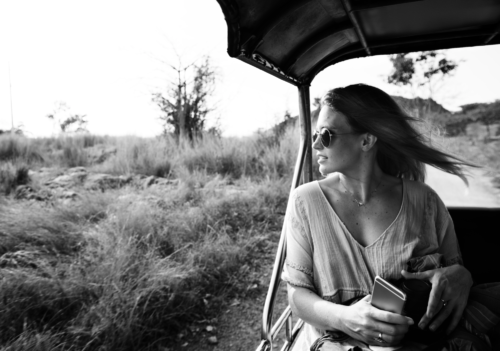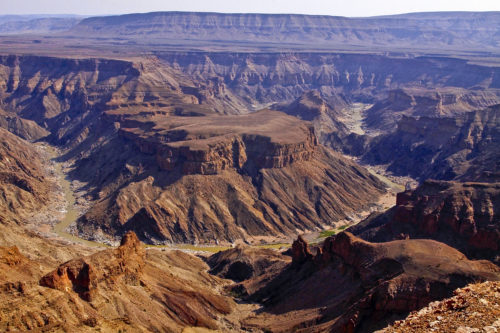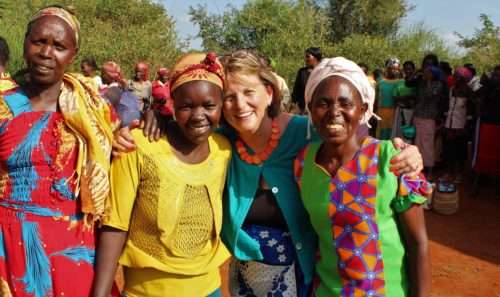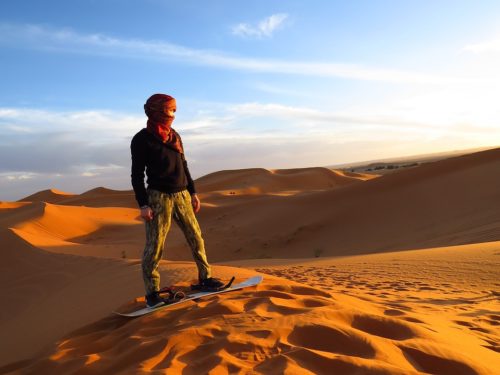Tips to Pick a Safari in Africa
![]() An African safari is a dream vacation for many people. You imagine the wind flying through your hair as you ride along in the back of a jeep, ready to snap a photo on your camera at any moment. Maybe you’ll luck out and catch a lion mid-kill, or witness an adorable baby elephant chase birds. If you’re ready to cross this trip off your bucket list, prepare to do a bit of research beforehand.
An African safari is a dream vacation for many people. You imagine the wind flying through your hair as you ride along in the back of a jeep, ready to snap a photo on your camera at any moment. Maybe you’ll luck out and catch a lion mid-kill, or witness an adorable baby elephant chase birds. If you’re ready to cross this trip off your bucket list, prepare to do a bit of research beforehand.
With 54 different countries that have over 11 million square miles between them, Africa is a massive and diverse place. There are countless types of safaris to choose from. Choosing the right one for you is all about personal preference. Here are some tips to help you pick a safari.
Know What You Want To See
Determine if there are certain animals you absolutely must see. Then, find out in which regions they live. For example, if you want to see gorillas, skip South Africa and go to Uganda where the Bwindi Impenetrable National Park is home to plenty of them.
Giraffes, elephants, and the big cats can generally be found throughout the continent, but if you have a favorite, find a place that is known for a larger population of whichever you’re dying to see or other determining factors. For example, if you absolutely must see a lion, head to Duba Plains in Botswana’s Okavango Delta, where lions hunt during the day. Lions typically hunt at night, but this unusual circumstance means that you’re more likely to see lions searching for their dinner here.
Pick The Right Season
Choosing the best time to go is critical in terms of what you want to see. If you’re a bird fanatic, you should visit during wet season (December to March) when birds make their nests and are most likely to be seen at home.
Most babies are born in November, so if you’re dying to see all the adorable baby animals, plan your trip during peak baby-watching season, December to February.
National Parks vs. Game Reserves
Regardless of if you’re traveling with a tour guide or planning the trip yourself, you need to determine the type of environment you want to safari in. To accurately do so, it’s important to understand the difference between a national park and a private game reserve.
National parks are land protected by the government and typically larger than a private game reserve. For example, South Africa’s Kruger National Park is the size of Israel and has six different ecosystems. With such a large place, there’s no way to see it all during a short visit, so you’ll have to research which regions to visit in order to see what interests you most. The major benefit to visiting such a large place is that you’ll likely be able to see large herds of animals in their migration, such as the Great Wildebeest Migration in Tanzania’s Serengeti National Park.
Private game reserves consist of fenced-in land that is much smaller than the national parks, but still large enough for the animals to live comfortably in. The population here is mostly controlled by the reserve’s owners. For example, the Karongwe Reserve offers 21,000 acres of land. The price of lodging includes your game drives and, because the reserve works as one operation, safari guides communicate with one another about animals’ whereabouts, ensuring that you’ll see the most animals possible. Because private game reserves aren’t required to follow the same rules as national parks, you’ll have the opportunity to safari in an uncovered vehicle and stay out past sundown,
How are you going to do it?
Now that you’ve determined the when and where, it’s time to decide how. If you want to be independent, you can organize your own travel and book safari tours through your accommodations. You can even take this independence a step further and be your own guide on a self-drive through a national park, but you do have to follow strict rules.
If independence isn’t your thing, sign up for an organized group tour instead. Group tours are typically more convenient and offer perks that can be tailored to your interests. Whether you want to learn more about photography, enjoy luxury camping or safari from a conservationist perspective, there are plenty of tours for you. National Geographic Journey with G Adventures in South Africa allows you to do all three.
The Explore Kruger National Park Tour combines luxury accommodation with photographic adventures and offers the special privilege of meeting and dining with an in-field researcher from the Big Cats Initiative—something no other tour offers.
Choose Your Means of Transportation
Most safaris operate from the safety of a jeep. But if you’re feeling more adventurous, consider taking a walking or horseback safari. In certain regions, such as Botswana’s Okavango Delta, there are even boat safaris.
On an African safari, so much is possible. Do the proper research and determine your interests before booking this once-in-a-lifetime journey.
Jamie Ditaranto, SmarterTravel.com | May 9, 2016
More from SmarterTravel:









